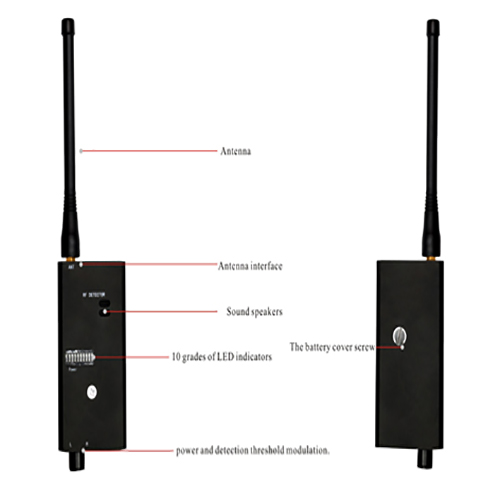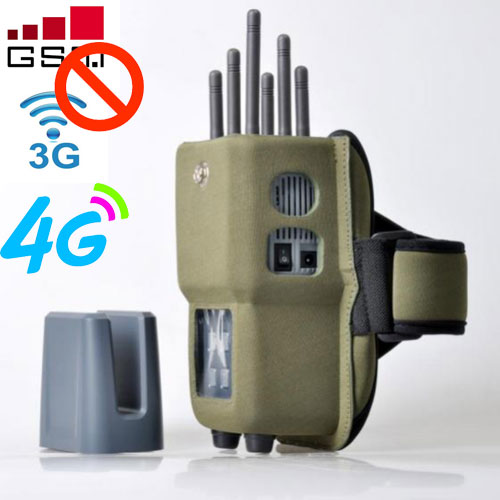The technical principle of wifi jammer:
1. The shielding is mainly based on outdoor high-power shielding, supplemented by indoor low-power shielding, and a detection and distribution system is added indoors.
2. After establishing a high-quality wifi jammer system in the supervision area, set up one or several sets of GSM (in charge of mobile and China Unicom mobile phones), CDMA (in charge of telecommunications mobile phones), LTE4G (Mobile, China Unicom, China Telecom) pseudo-blocks in each building. The base station further implements the police communication function by using the black-and-white list function of the pseudo base station. Strictly control the signal strength and direction of the pseudo base station to prevent the pseudo signal from crossing the border to interfere with normal mobile phone communication outside the monitoring area.
3. After sending the pseudo base station signal, induce the mobile phone to migrate into the pseudo base station system.
4. After the mobile phone logs into the pseudo base station system, it provides the IMEI body code, the IMSI code of the SIM card, or the eleven-digit mobile phone number displayed by the number fetching (translation) device.

Pseudo-base station workflow:
1. Transmit a disguised BCCH signal to the mobile phone.
2. The mobile phone is required to be authenticated. The mobile phone provides the pseudo base station with the IMSI user identification code (the number is unique in the world) and the IMEI body identification code (the number should be unique in theory, but due to factors such as cottages and parallel imports, it cannot be guaranteed to be unique at present).
3. The pseudo base station confirms OK without authenticating the mobile phone and accessing it.
4. Generate a series of reports in the background for the acquired mobile phone numbers.
The use of whitelisting methods for mobile phones such as Pingwutong is excluded from the pseudo base station system.
1. The pseudo base station updates the location information LAC and broadcasts it.
2. The mobile phone finds the LAC update and sends an update request.
3. The pseudo base station rejects the update request according to the whitelist number, and the mobile phone returns to the public network.
4. The above steps are cycled.

